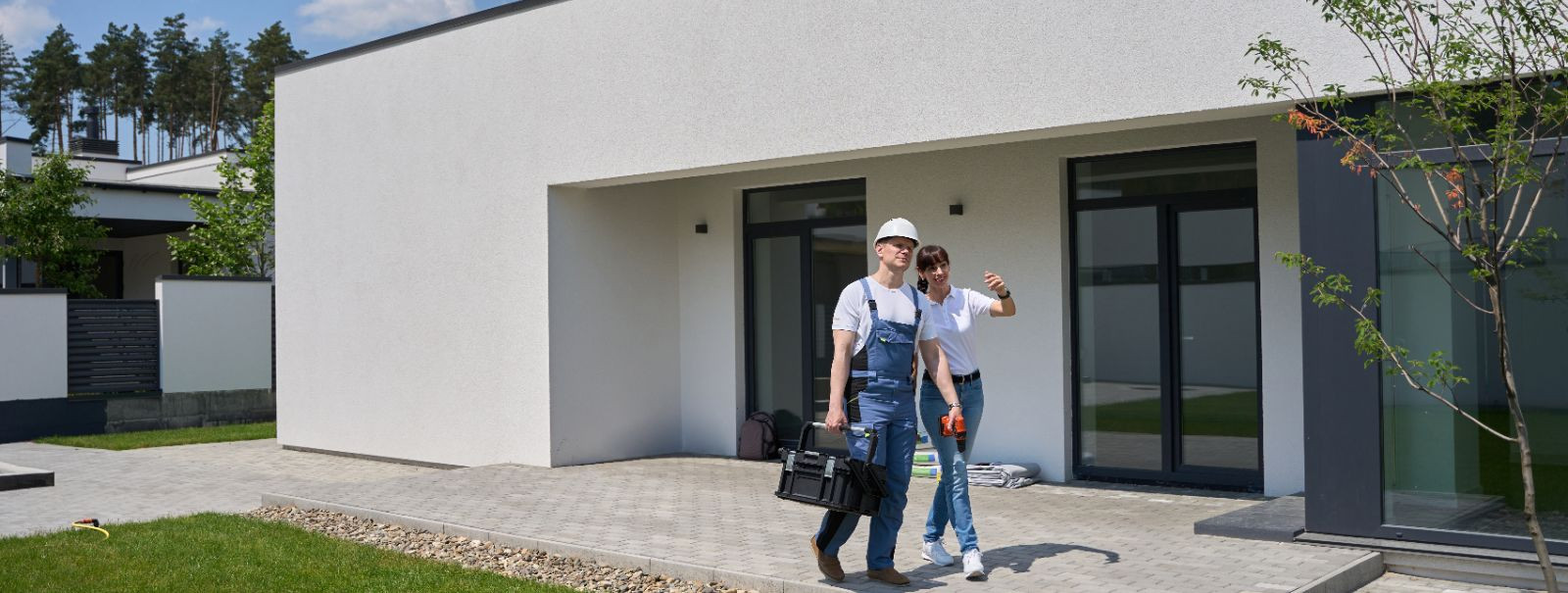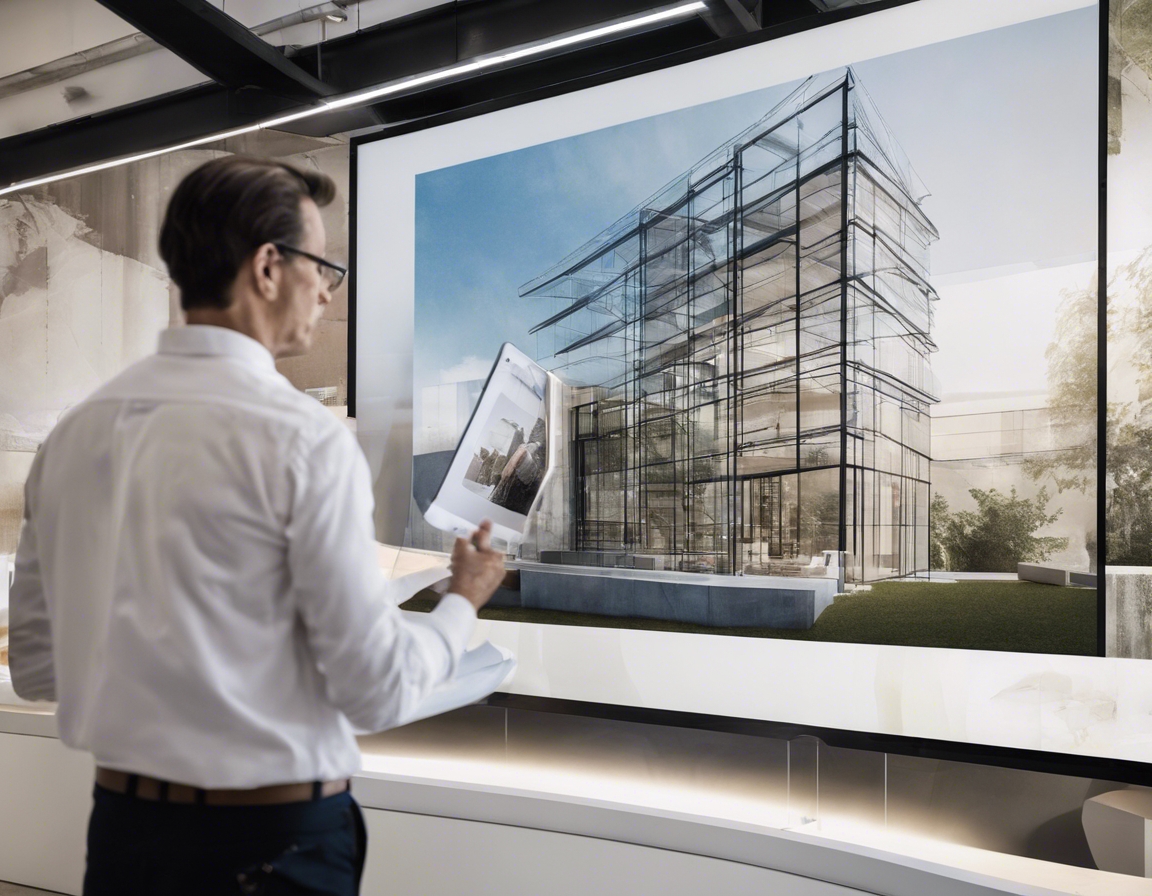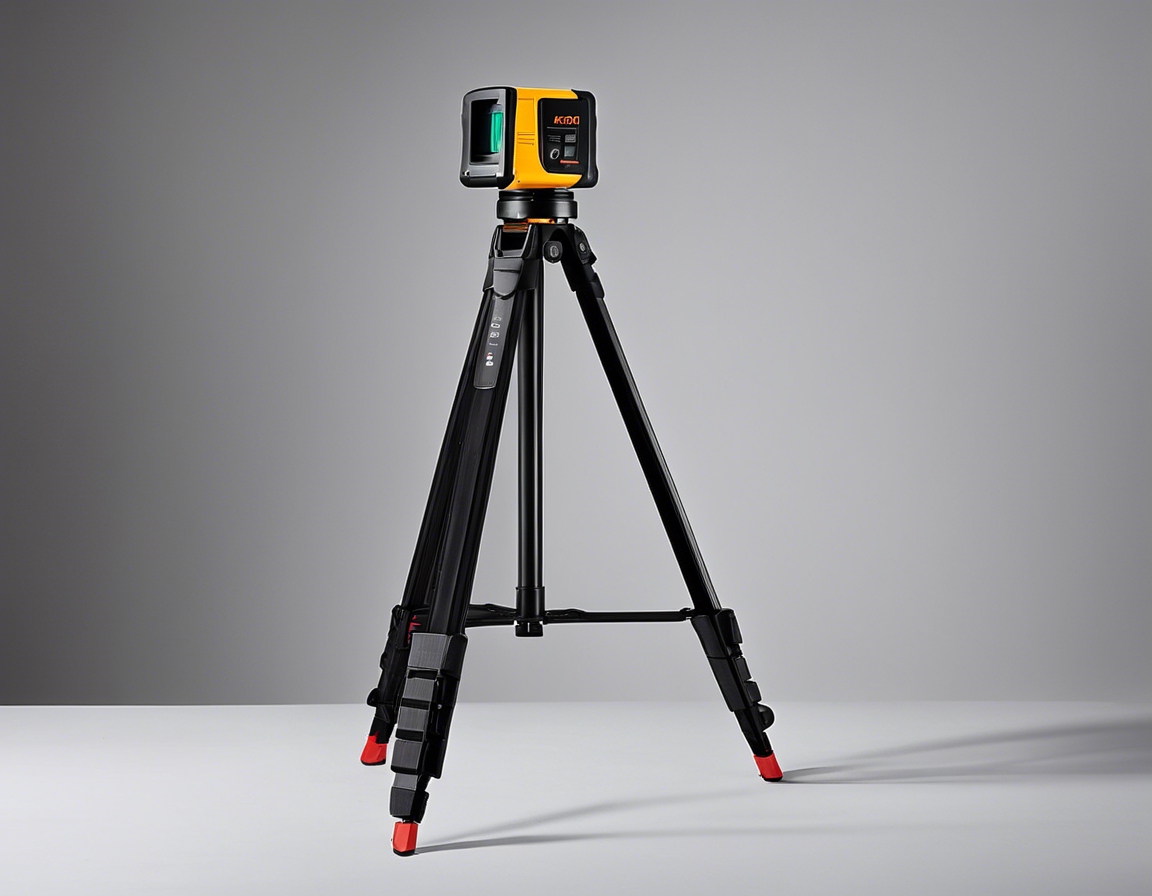Maximizing curb appeal: innovative facade designs
Curb appeal is the attractiveness of a property as viewed from the street. It's the first impression that a home or business makes on visitors, potential buyers, or clients. The facade of a building plays a crucial role in establishing this appeal, as it can significantly influence perceptions and, ultimately, the value of the property.
Studies have shown that properties with high curb appeal tend to sell at higher prices than less attractive counterparts. A well-designed facade not only enhances the aesthetic value but also contributes to the overall perception of quality and maintenance.
Elements of Facade Design
Choosing the right materials for a facade is essential for both durability and beauty. Materials range from traditional brick and stone to modern composites and glass. Each material has its own set of benefits and can be used to create different architectural expressions.
The color and texture of a facade contribute significantly to its character. Whether it's the warm tones of wood or the sleek finish of metal, these elements can be manipulated to create a unique and inviting exterior.
Architectural features such as windows, doors, and trim play a significant role in facade design. These elements not only serve functional purposes but also add to the visual interest and character of a building.
Innovative Facade Design Strategies
Innovative facade designs often incorporate elements that are both functional and aesthetically pleasing. For example, sunshades can reduce heat gain while adding a modern look to the building.
Energy efficiency is becoming increasingly important in facade design. Insulated panels, smart glass, and green walls are just a few examples of how facades can contribute to a building's energy performance.
Adaptive reuse projects involve the transformation of old buildings with new facades while preserving their historical significance. This approach not only saves resources but also revitalizes buildings with a modern twist.
Technological Advancements in Facade Construction
Smart materials that respond to environmental conditions, such as thermochromic glass, are revolutionizing facade design. These materials can adapt to changes in temperature, light, and wind, enhancing comfort and reducing energy consumption.
3D printing technology allows for the creation of complex facade elements that would be difficult or impossible to fabricate using traditional methods. This innovation opens up new possibilities for customization and intricate design.
Modular construction techniques enable facades to be assembled off-site and then quickly installed, reducing construction time and waste. This method also allows for greater precision and quality control.






Comments (0)